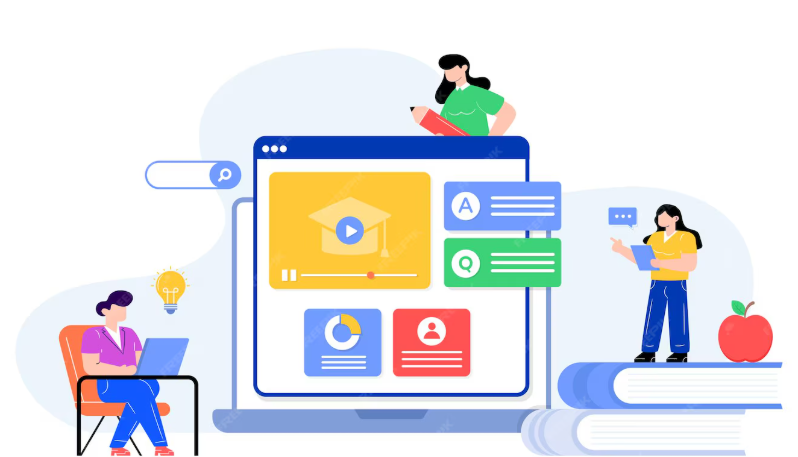As a teacher or content developer, one of your biggest obstacles is keeping your students interested in your material. To achieve better knowledge retention, it is critical to grab and hold students' attention.
One of the biggest obstacles you face as a teacher or content developer is keeping your students interested in what you have to say. It's crucial to grab and hold your students' attention, whether you're giving a lecture, developing an online course, or writing a blog post if you want them to retain the knowledge you're imparting. Here are some pointers for keeping readers interested in the content you provide.
1. Start with a compelling introduction.
Your content's opening few seconds must capture the attention of your audience. To spark their interest and entice them into your material, start with a hook, a question, a true tale, or a striking statistic.
2. Use multimedia to enhance learning
Including a range of media in your material can keep readers interested. Create a dynamic learning environment by including photos, videos, podcasts, infographics, and interactive tools. Additionally, using multimedia helps strengthen your message and improve the student's recollection of the information.
3. Break up content into manageable chunks
Text that is lengthy and densely packed can easily bore readers. Use headings, bullet points, and numbered lists to break up your text into smaller, more digestible chunks that are easier to read and comprehend. This strategy can also aid students in better information retention.
4. Engage learners with interactive activities
Engaging students in interactive activities can help to keep their attention and increase their comprehension of the subject matter. Encourage students to participate actively in the learning process by using games, polls, discussion forums, and quizzes. Additionally, interactive exercises can give both content creators and learners insightful feedback.
5. Encourage collaboration and social learning
Collaboration and social learning can be effective engagement boosters for students. Give students a chance to collaborate on projects, share their experiences, and work together. Create a community around your content using social media or online discussion boards to motivate students to engage with one another.
6. Provide regular feedback and reinforcement
Students can be encouraged and kept interested in your topic by receiving regular feedback and reinforcement. Use evaluations, quizzes, and progress reports to gauge the development of your students and to provide them with constructive criticism. Repeat important ideas to help learners remember them and provide them with chances to put what they've learned to use.
7. Make your content relevant and applicable
When learning material that is applicable to their daily life, students are more likely to engage with it. Give examples, case studies, and illustrations of how the topic you're teaching is used in the actual world. Help students understand how the information relates to their jobs, personal lives, or future objectives.
It takes a systematic strategy that considers the needs, preferences, and learning styles of the learners to keep them interested in your information. You can design a dynamic learning environment that keeps students interested and motivated by using multimedia, interactive activities, collaboration, feedback, and relevance.





